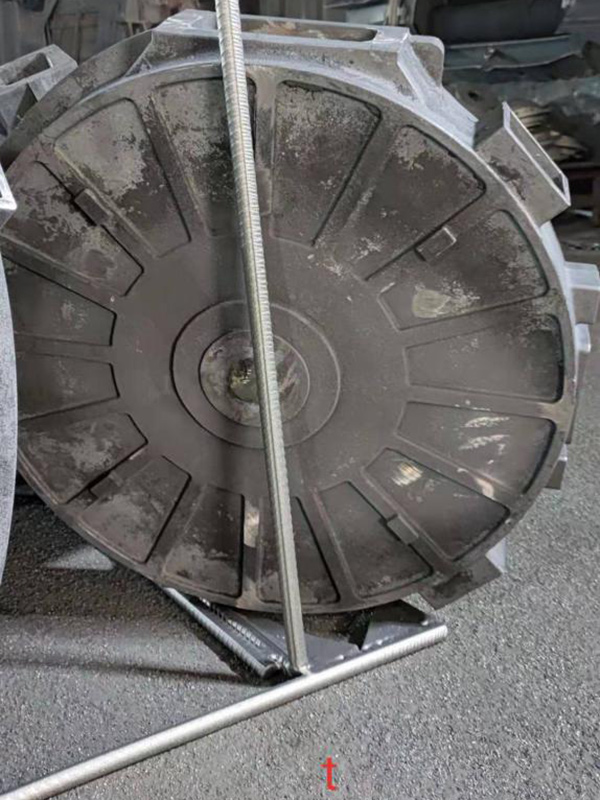Precision Sand Casting A Closer Look at the Process and Benefits
Precision sand casting is a widely used method in manufacturing that allows for the creation of complex metal components with high accuracy and detail. This process leverages the remarkable properties of sand and the versatility of metal, particularly aluminum, iron, and other alloys, to produce intricate parts for various industries, including automotive, aerospace, and machinery.
At the core of precision sand casting is the use of a sand mold, which is formed by compacting sand around a pattern that represents the desired shape of the final product. This pattern can be made from materials such as metal, plastic, or wood. Once the mold is created, it is then coated with a release agent to facilitate the removal of the cast part. The molten metal is poured into the mold, filling all cavities and contours, which allows for exceptional detail and precision in the finished product.
One major advantage of precision sand casting is its flexibility in design
. The process can accommodate a wide range of sizes, from small intricate components to large structural parts. Additionally, the use of sand as the molding material allows for easy adjustments to the mold design, making it simpler to produce prototypes or small batches without significant retooling costs.precision sand casting

Another key benefit of precision sand casting is its cost-effectiveness for short to medium production runs. Compared to other casting methods, such as investment casting or die casting, sand casting requires less expensive tooling and can be executed in relatively short lead times. This makes it an attractive option for manufacturers looking to produce high-quality components without incurring excessive costs.
Precision in sand casting is achieved through careful control of process variables, including the sand composition, moisture content, and the pouring temperature of the molten metal. Advanced technologies, such as computer-aided design (CAD) and computer-aided manufacturing (CAM), have also been integrated into the process, enabling manufacturers to simulate and optimize designs before actual production.
In conclusion, precision sand casting is an essential manufacturing technique that offers a unique combination of flexibility, cost-effectiveness, and precision. It plays a significant role across various industries by providing reliable and high-quality components. As technology continues to advance, the capabilities of precision sand casting will likely expand, further enhancing its relevance in modern manufacturing processes. By embracing these innovations, businesses can benefit from improved efficiency and product quality in their production methods.
Post time:nóv . 02, 2024 07:44
Next:sand used in sand casting
